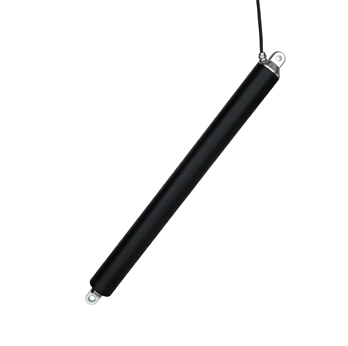
Micro linear actuators are compact and precise devices that are used to convert rotary motion into linear motion. They are typically used in small-scale applications where precision and accuracy are important, such as in robotics, medical devices, and consumer electronics.
Micro linear actuators consist of a motor, a lead screw or ball screw, and a nut or threaded shaft. As the motor rotates, it drives the screw or shaft, which in turn moves the nut or load along the length of the actuator.
One of the key benefits of micro linear actuator is their small size and precise control. They are often used in applications where space is limited, and their precise movements allow for accurate positioning and control. They are also available in various travel lengths and load capacities to suit different applications.
Micro linear actuators can be operated manually or through an electric motor, depending on the application. Some models also feature built-in position sensors or limit switches for added precision and control.
When selecting a micro linear actuator, it is important to consider factors such as load capacity, travel length, and operating environment. It is also important to choose a model that is compatible with the power source and control system of the application.

The Linear Actuator is composed of a drive motor, a reduction gear, a screw, a nut, a guide sleeve, a push rod, a sliding seat, a spring, a casing, a turbine, and a micro-control switch. Linear Actuator is an electric drive device that converts the rotary motion of the motor into the linear reciprocating motion of the push rod. It can be used as an executive machine in various simple or complex technological processes to realize remote control, centralized control or automatic control.
 DDTG-16 Micro Tubular Linear Actuator
DDTG-16 Micro Tubular Linear Actuator
 DDTG-28 Micro Tubular Linear Actuator
DDTG-28 Micro Tubular Linear Actuator
 DDTG-38 Micro Tubular Linear Actuator
DDTG-38 Micro Tubular Linear Actuator














